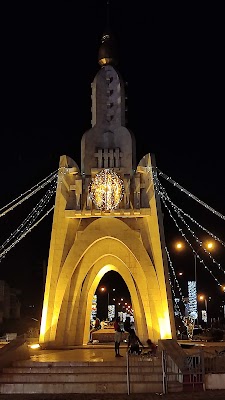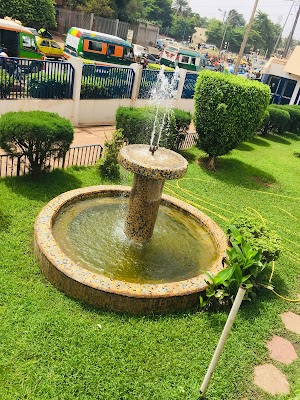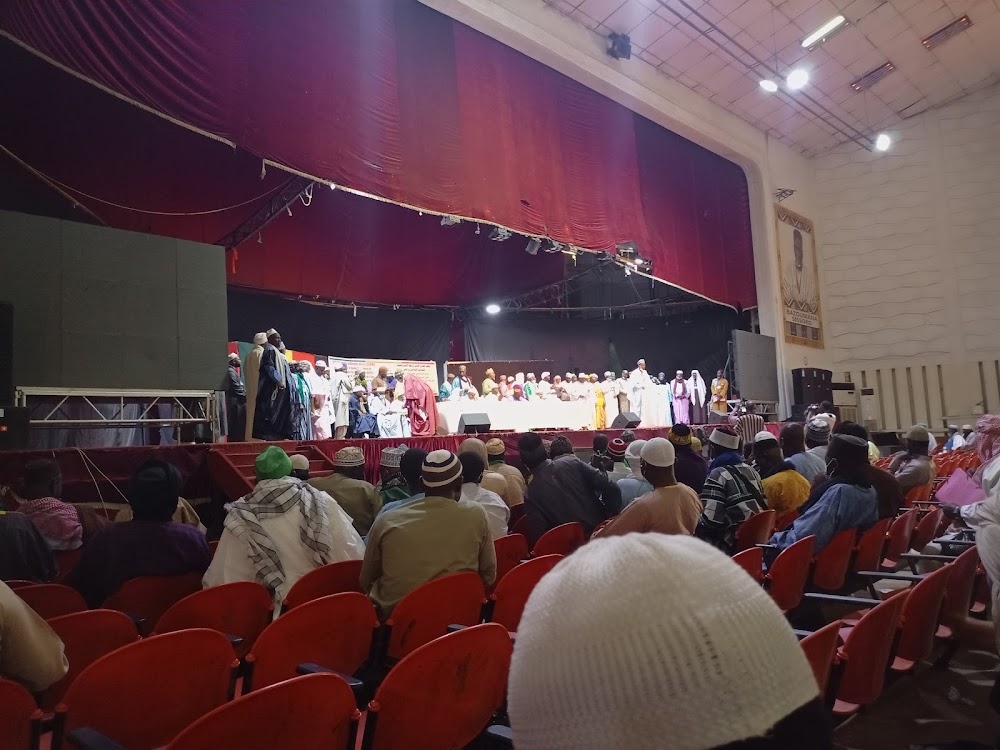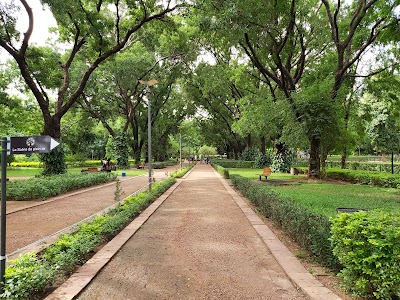La Monument de l'Indépendance (Monument de l'Indépendance)
Overview
La Monument de l'Indépendance, situated in the vibrant heart of Bamako, Mali, is more than just an architectural marvel; it is a profound emblem of the nation’s rich history and enduring spirit. This striking monument, a beacon in the bustling capital, captivates visitors with its design and poignant reminders of Mali's journey to independence.
Erected to honor Mali's liberation from French colonial rule, officially recognized on September 22, 1960, La Monument de l'Indépendance symbolizes the resilience, unity, and aspirations of the Malian people. Its minimalist yet powerful design features a tall obelisk that reaches toward the sky, adorned with the national colors of green, yellow, and red. Each color carries deep significance: green represents fertility and hope, yellow signifies purity and the country's mineral wealth, and red embodies the sacrifices made for freedom.
Central Location and Vibrant Atmosphere
One of the highlights of La Monument de l'Indépendance is its prominent location in the Place de l'Indépendance, a lively public square that serves as a hub for civic activities and national celebrations. This energetic square is often alive with activity, surrounded by lush gardens, fountains, and pathways that create a serene environment for reflection and leisure. Visitors can wander through the square, taking in the beauty while reflecting on the profound historical narratives it represents.
The monument's base features intricate carvings and inscriptions that recount pivotal moments in Mali's quest for independence. These artistic details not only enhance the monument's grandeur but also educate visitors about the sacrifices and triumphs that shaped modern Mali. Particularly striking are the depictions of key figures in the independence movement, whose bravery and leadership are immortalized in stone.
Cultural Significance
Beyond its historical importance, La Monument de l'Indépendance is a testament to Mali's rich cultural heritage. The design incorporates traditional Malian artistic elements, including geometric patterns and motifs inspired by local crafts. This fusion of modern and traditional influences creates a unique aesthetic that resonates deeply with the Malian identity.
One of the most captivating aspects of the monument is its role as a gathering place for locals and tourists alike. It serves as a site of national pride, where people come together during significant holidays, such as Independence Day and Mali's Armed Forces Day. These celebrations are filled with colorful parades, music, dance, and speeches that invigorate the spirit of patriotism. For tourists, participating in these events offers an immersive glimpse into the rich tapestry of Malian culture and communal life.
Photography Opportunities
For photography enthusiasts, La Monument de l'Indépendance provides excellent opportunities to capture striking images. The imposing structure, set against the backdrop of vibrant city life, makes for memorable photographs. Whether it’s the early morning light casting a golden hue over the monument or the soft hues of sunset in the evening, every moment offers a picturesque view.
To enrich your visit, consider exploring nearby attractions as well. Just a short walk from the monument lies the National Museum of Mali, which offers deeper insights into the nation’s art, history, and culture through an impressive collection of artifacts and exhibits. Another notable site is the Grand Mosque of Bamako, an architectural gem symbolizing Mali's spiritual heritage.
Best Time to Visit
When planning your visit to La Monument de l'Indépendance, note that the best time to explore Bamako is during the cooler months from November to February. The mild weather during this period makes it enjoyable to uncover the city’s attractions without the intense heat of summer.
In summary, La Monument de l'Indépendance is more than simply a landmark; it stands as a vivid reminder of Mali’s past struggles and present resilience. It invites visitors to reflect on the country’s historical journey, appreciate its cultural richness, and join in the collective hopes for a prosperous future. Whether you are a history enthusiast, a culture aficionado, or a curious traveler, this monument promises a profound and enriching experience that is quintessentially Malian.







